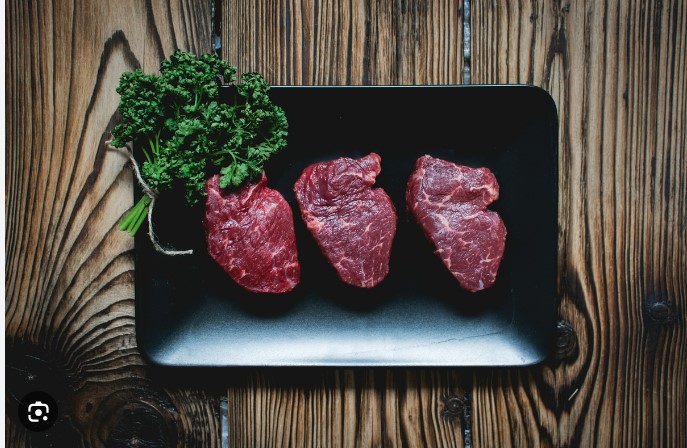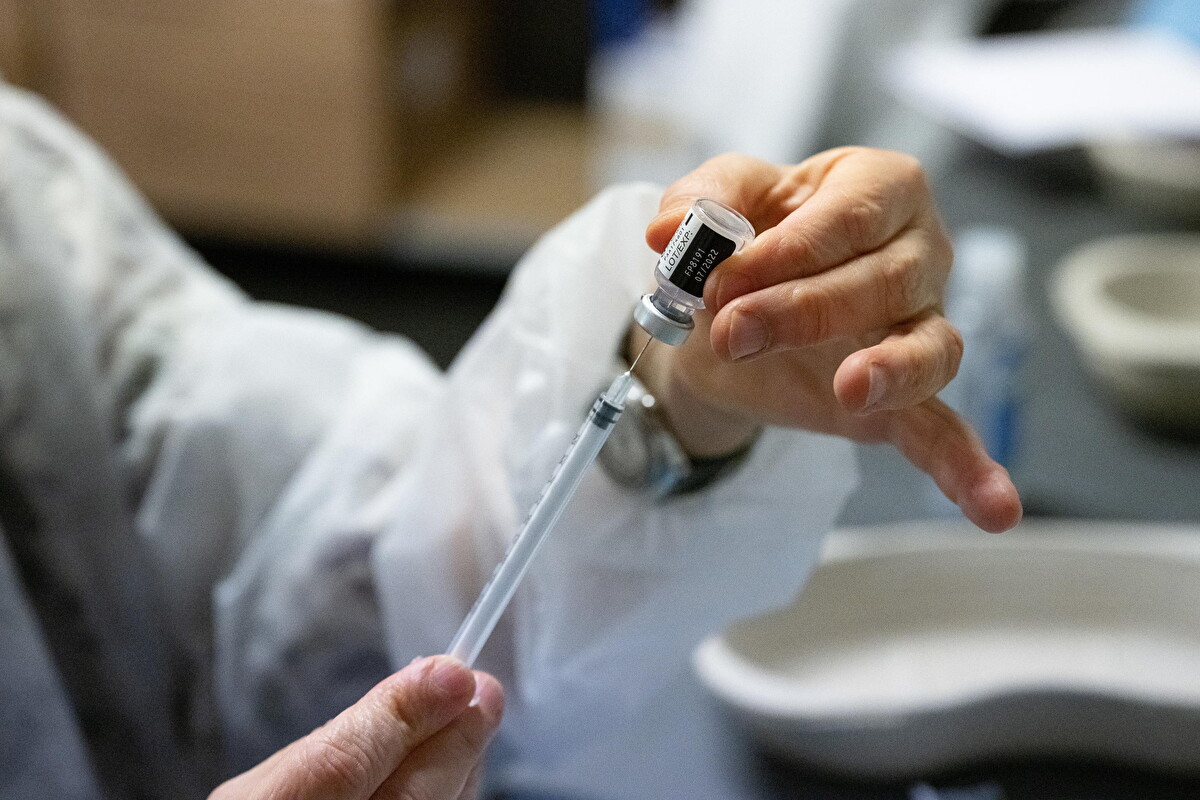“Cultivated” meat producers UPSIDE Foods and GOOD Meat received approval from the Department of Agriculture (USDA) on Wednesday to begin commercially selling their chicken products.
But the question many are asking is: what is lab-grown meat?
Also known as cultured meat or cell-based meat, it is real meat that is grown from animal cells in a lab. The process involves taking a small sample of muscle cells from an animal and then growing them in a nutrient-rich solution that helps the cells to multiply and form muscle tissue. The resulting product is then harvested and processed into various meat products such as burgers, sausages, and chicken nuggets.
On Wednesday, UPSIDE Foods wrote on social media.”THE DAY HAS FINALLY ARRIVED! We are APPROVED TO SELL our cell-cultivated chicken in the US!” The company continued, “This historic, world-changing, moment brings our vision one giant bite closer to reality.”
The final approval comes after the U.S. Food and Drug Administration (FDA) issued a “no questions” response to GOOD Meat in March of this year, marking the company’s lab-grown chicken product safe to eat. Upside Foods received a similar approval in November 2022.
The main advantage of lab-grown meat is that it can be produced without the need for raising and slaughtering animals. This makes it a more sustainable and ethical alternative to traditional meat production methods. Lab-grown meat also has the potential to reduce greenhouse gas emissions and land use associated with traditional livestock farming. Cultivated or cultured meat is not a vegan product like plant-based alternatives. It is a genetically engineered product that uses biotechnology.
The first piece of lab-grown meat hit the world stage in 2013 when a team at the University of Maastricht presented the first hamburger produced by bovine stem cells. At the time, this original burger cost more than $300,000 to create. But researchers found that two years later, they were able to reduce the cost to $11.36.
As far as texture and color are concerned, both lab-grown meat and real animal meat are the same. You may not be able to identify the difference based on visible facts. The only big difference is that lab-grown meat is a little drier as compared to real animal meat. The benefit here is that lab-grown meat contains less animal fat.
The cost of lab-grown meat is currently more expensive than regular meat, estimated to be around $242 per pound of meat produced, which is roughly 50 times more expensive than current meat prices. However, as companies scale up operations and materials cost less, prices are falling. Some companies are reportedly working with a cost of around $50 per serving, which is significantly more expensive than conventional meat. Eventually, once operations are refined and scaled up, lab-grown meat will almost certainly be cheaper than “real” meat. It cuts out much of the time, labor, land, and food (for animals) that is involved in traditional farming. But until that time comes, the question may be, who will want the lab-grown meat at such a prohibitive cost when you can get the “real” product for a fraction of the cost?












